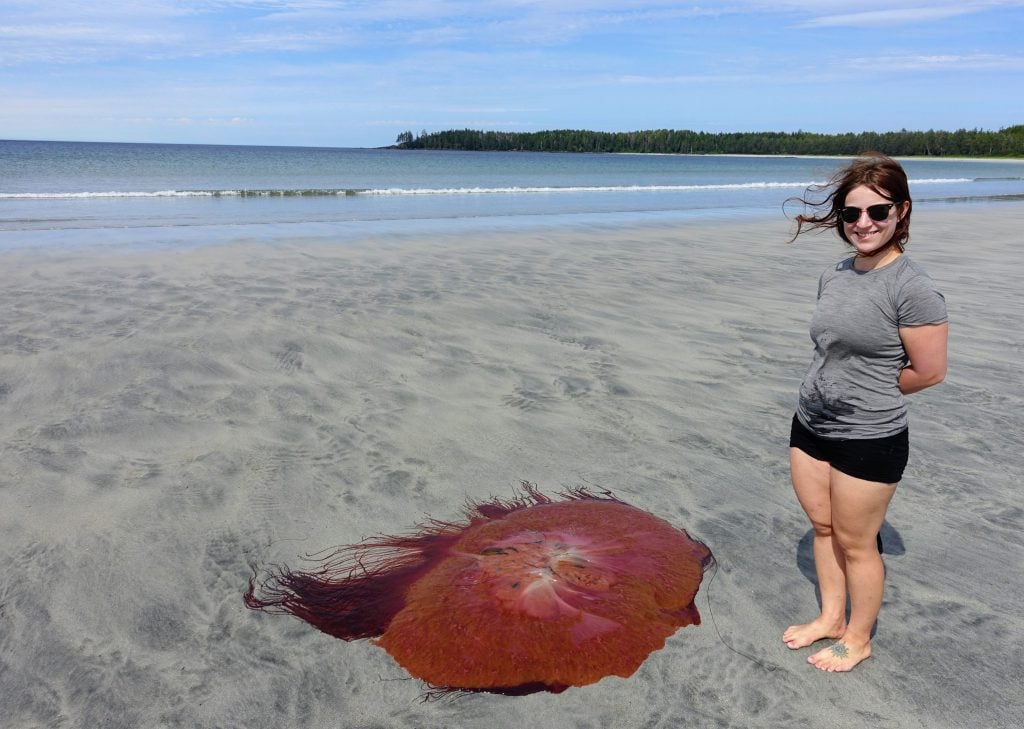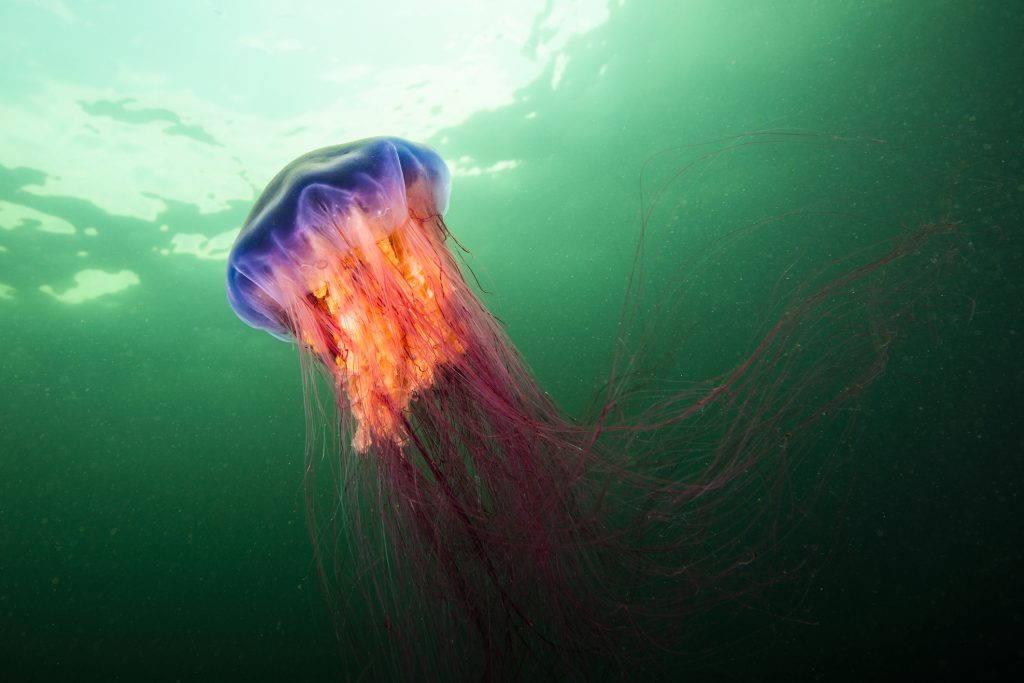Most of us think of bugs and squishy sea creatures as small, harmless specks of the animal kingdom. But every once in a while, nature says, “But what if I made them huge just for fun?” From ocean-floor creepers to airborne nightmares, these oversized invertebrates will make you question just how safe you are when it’s time for a little swim in the ocean or even while camping.
1. Asian Giant Hornet
Dubbed the “murder hornet,” this chunky nightmare is the size of your thumb and packs a sting that can kill. Not exactly the most welcome guest at your picnic. It’s Japan’s deadliest animal, and you don’t even have to be allergic to be in danger. These hornets destroy bee colonies for fun, and even their buzzing sounds like something out of a horror film.
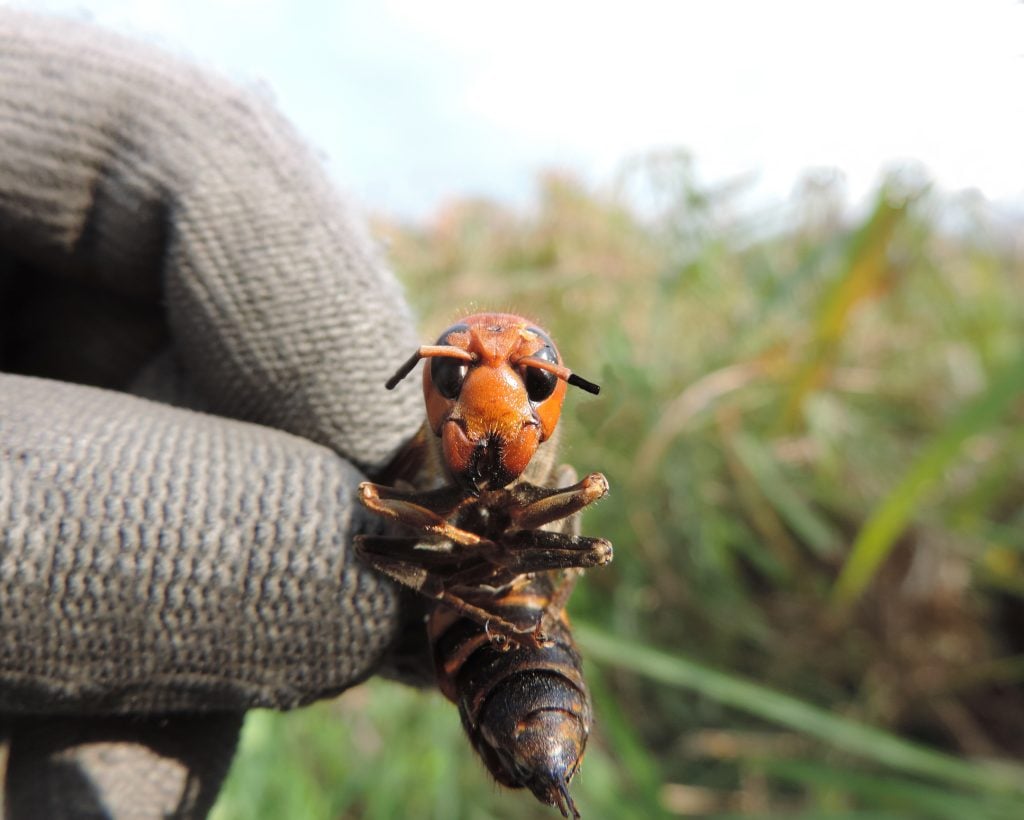
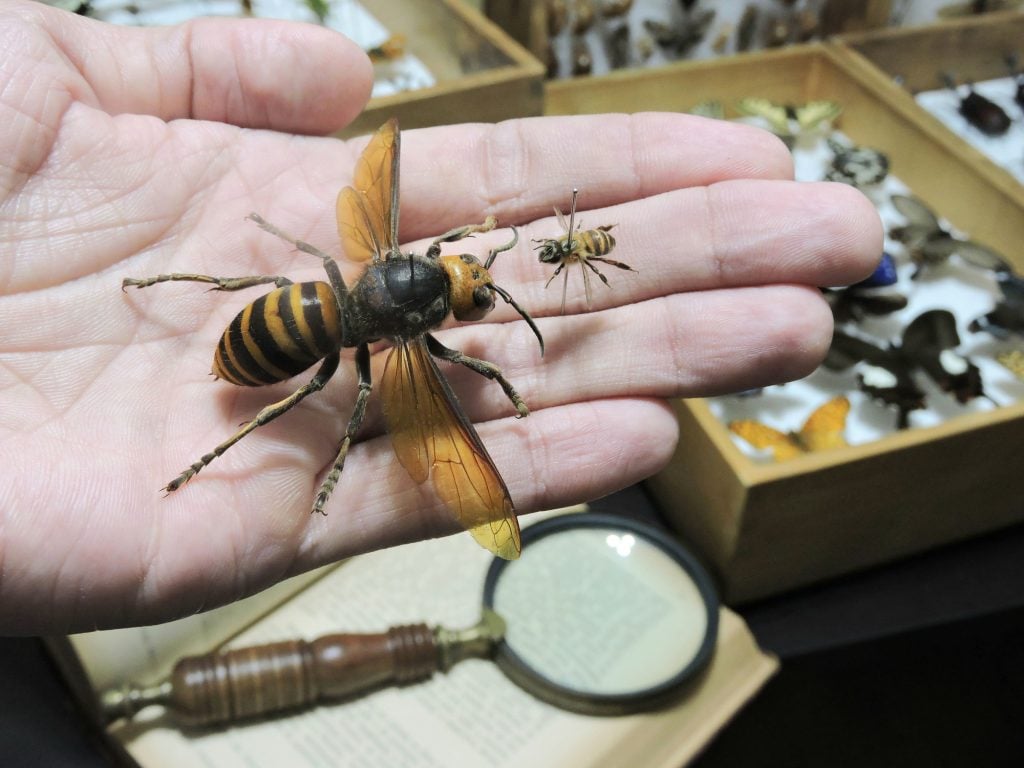
2. Goliath Bird-Eating Spider
The biggest spider in the world occasionally consumes birds, hence its moniker. It’s not exactly cute, with a 12-inch leg spread and those spider fangs that can penetrate human skin. And when it feels threatened, it will rub its legs together to make a hissing sound. Although its barbed hairs can be extremely irritating, its venom is not lethal to humans, so a lot of people keep them as pets.
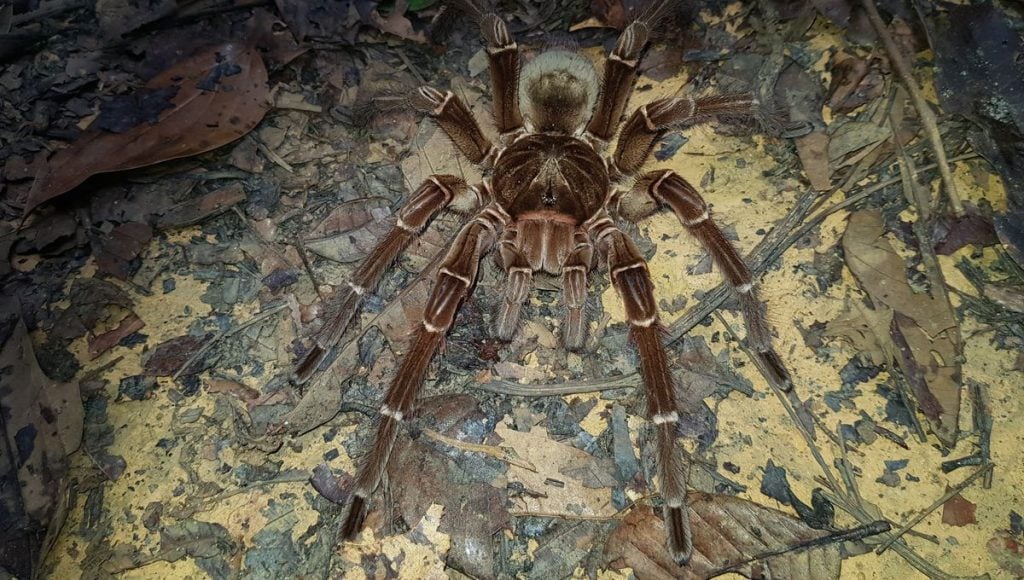
3. Giant Weta
This chunky insect is basically a cricket on steroids. Weighing in at up to 71 grams and measuring over 8 inches long, the giant weta looks like it escaped from a Jurassic Park spin-off. Found only on Little Barrier Island, they evolved huge thanks to island gigantism. While they can bite, they mostly munch on plants. Peter Jackson even named his SFX studio “Weta” after them.
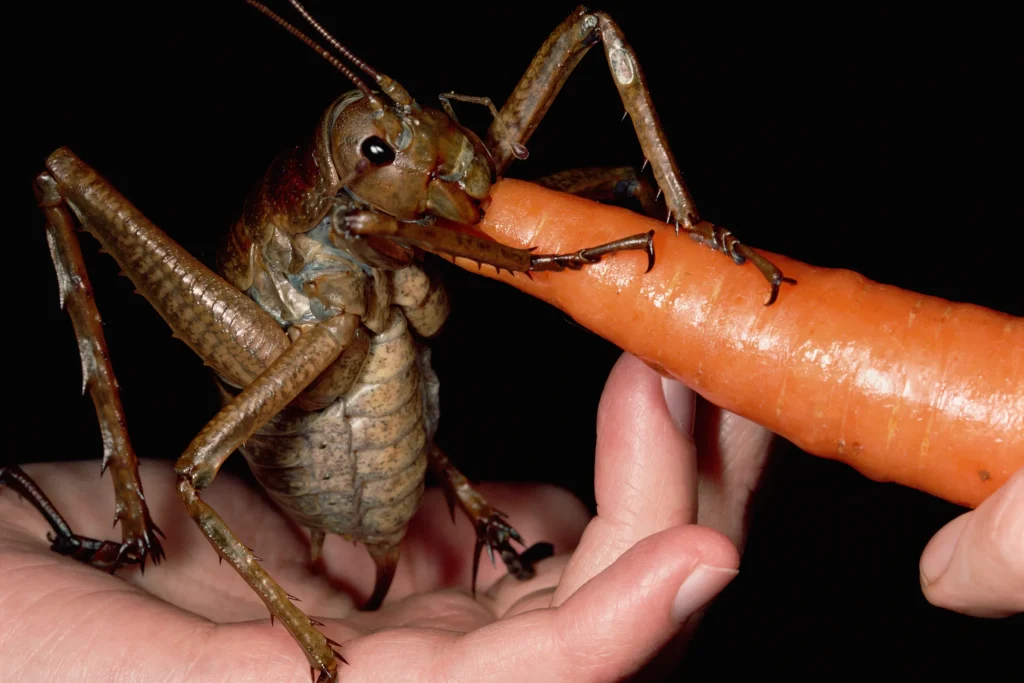
4. Giant Centipedes
The Amazonian giant centipede is cunning enough to hunt frogs, birds, and even bats. Indeed, this foot-long predator preys on mammals and birds that typically consume insects for sustenance. It’s fast, aggressive, and will bite humans if provoked. It can’t kill you, thankfully, but it will hurt like a mother trucker.
5. Giant Sea Spiders
Giant sea spiders are not true spiders, but they are just as unique. The giant sea spider has legs up to a foot long, with most of its vital organs stuffed inside them because its body is too tiny. They feed on the soft interiors of jellyfish and anemones using their elongated proboscis, reminiscent of sipping Mountain Dew through a curly straw. Their anatomy is so strange it almost feels made-up, but nope, they are very real indeed.
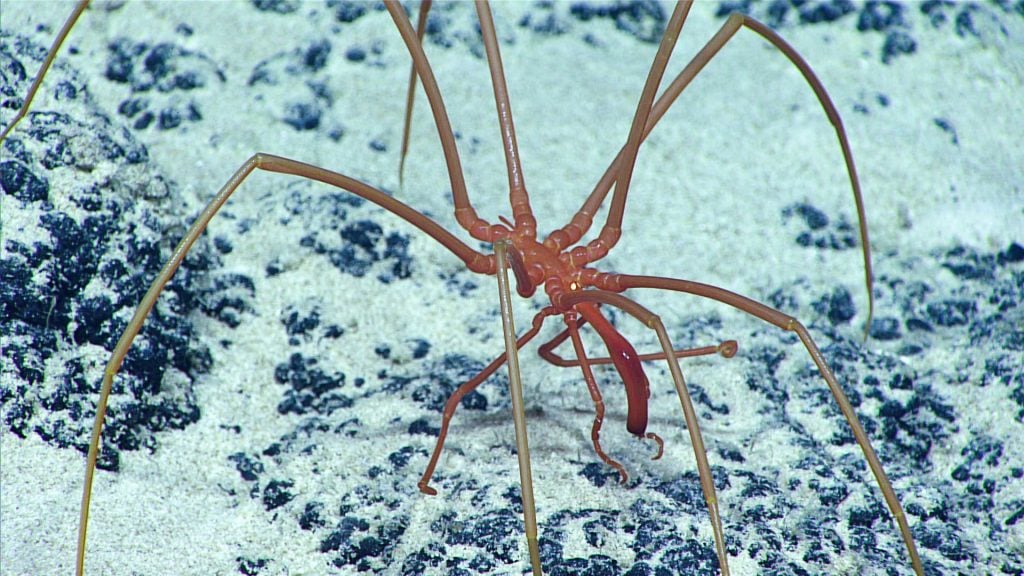
6. Locusts
While locusts may not be the largest pests individually, their swarms can pose a significant threat. These giant grasshoppers buzz like helicopters, latch onto clothing with their creepy spiked legs, and devour entire fields of grain to the last leaf. Billions of them can gather, eating millions of tons of crops.
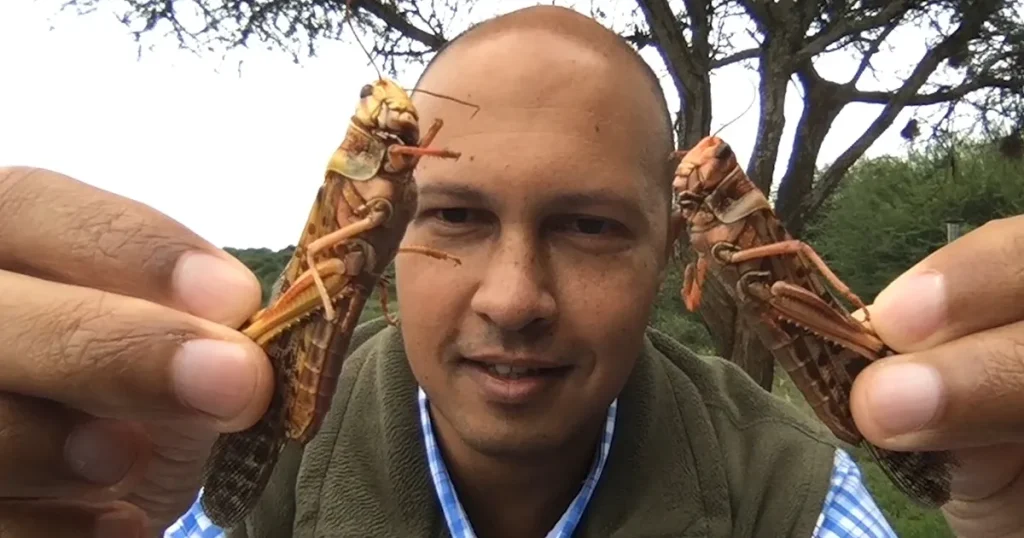

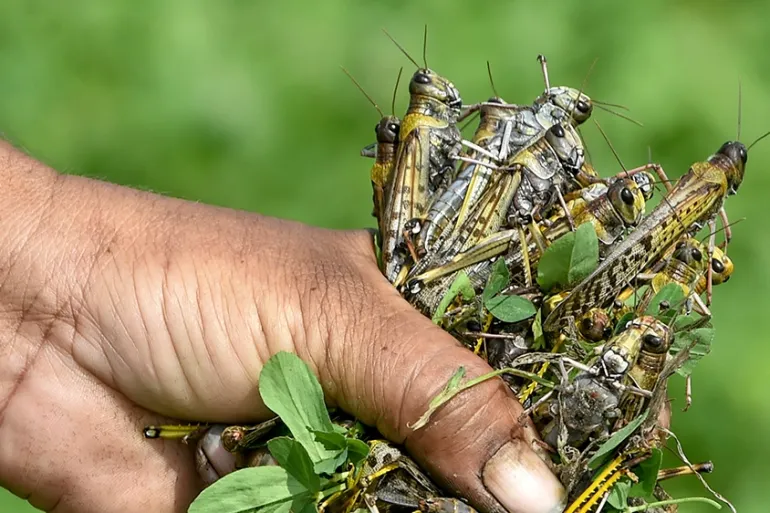

7. Giant Isopod
Imagine a woodlouse that is the size of your cat. That’s the giant isopod, a deep-sea scavenger that trudges around the ocean floor at depths up to 2,000 meters. Some species can reach 60 cm long. Despite their unsettling appearance, these ancient crustaceans that have been around since the Jurassic period, are not a threat to anyone.

8. Colossal Squid
Did you know that the giant squid and the colossal squid are not the same creature? The biggest one we’ve seen is about 10 meters long and is currently on display in a New Zealand museum. But squid beaks found in sperm whale stomachs suggest they can grow even bigger. These ambush predators probably lure prey with bioluminescence. Basically, it’s a glowing, deep-sea monster with hooks on its tentacles. Sweet!
9. Japanese Spider Crab
These arthropods look like something out of a forbidden DNA cloning lab somewhere in deep space. With legs stretching up to 6 meters, they easily hold the world record for the longest leg span of any crab-esque monstrosities. Humans are very fortunate that these leggy creatures prefer to feast on the remains of other animals and are essentially harmless otherwise.

10. Lion’s Mane Jellyfish
This jellyfish might look delicate, but its tentacles can stretch up to 37 meters, longer than a blue whale. Its sting typically results in only mild discomfort; however, those tentacles can approach unexpectedly. The bell itself can be 2 meters wide and glows with deep red hues as it grows. Floating silently with the ocean current, it’s both beautiful and freaky.
